
In the 1980s, under the direction of Medardo Guido Acevedo, a teacher and musician from Bagaces, a marimba ensemble called Alma Llanera (Soul of the Plains) was formed. Their mission was clear: to provide accompaniment for the Bagaces Alma India (Indian Soul) folkloric dance group’s choreographies.
The group was made up of marimba players Matías Palomino (father), Mauro Ruiz, Matías Palomino (son) and Eulalio Guadamuz. Together, they performed original music by Maestro Acevedo and other Guanacastecan composers, such as Héctor Zúñiga, Jesús Bonilla and Ulpiano Duarte.
The death of some of its members, the lack of generational replacements and the instability of the Alma India dance group finally caused the ensemble’s marimbas to stop echoing in the halls of Guanacaste.
After several attempts to restore the group, this year they succeeded in getting the sound of their marimbas on digital platforms such as Spotify and SoundCloud with the release of their album Somos Alma Llanera (We Are the Soul of the Plains). Their initiative is aimed at continuing the legacy of the original ensemble.
The Revival
Alonso Herra is from Bagaces and began playing the marimba when he was 16 at the Professional Institute for Community Education in Liberia. Years later, he was able to consolidate this knowledge of the instrument in the basic stage of music at the University of Costa Rica, in Santa Cruz.
“My experience as a marimba player led me to play in different corners of the province with ensembles such as Los Polícias, the Negro’s marimba and Los Pablos marimba,” he related.
Herra was excited not only to play the marimba, but also to share his knowledge with others. That’s why, in 2014, he began to train a new generation of musicians with the intention of reviving the repertoire of the Alma Llanera ensemble.
“In 2014, we had a concert band in Bagaces, and Alonso told us during a rehearsal that he knew how to play the marimba and that he wanted to teach us,” recalled Nicolás Guevara, Bagaces’ current cultural manager and a member of the ensemble.
That’s how the Alma Llanera Marimbas Ensemble was formed for the second time. Now with a different mission: to safeguard Guanacastecan compositions from being forgotten for future generations.
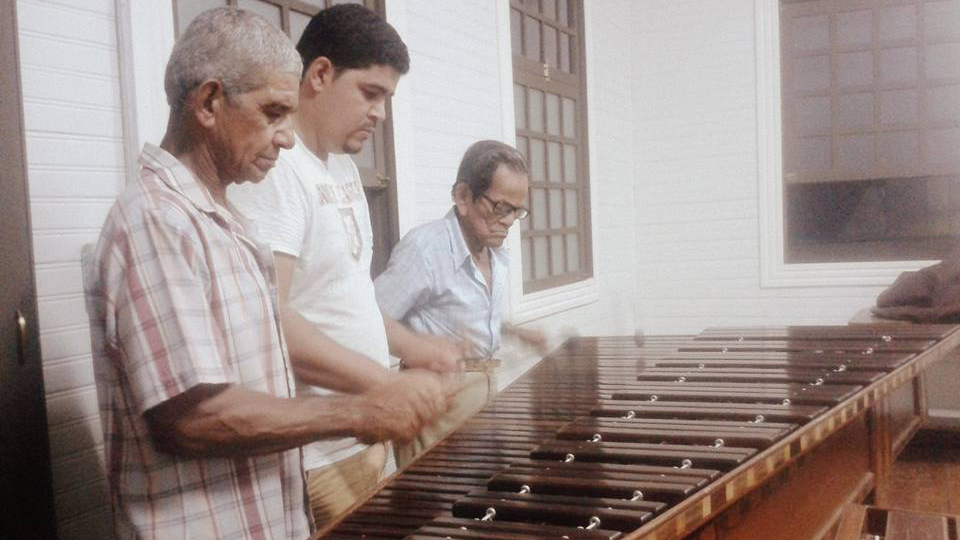
From left to right: Matías Palomino on melody, Alonso Herra on harmony and Lalo Guadamuz on bass, 2016.Photo: Nicolás Guevara
For Herra, it was very important to rescue the original ensemble’s music that wasn’t written, but was transmitted by ear or from memory. In 2014, only two of the ensemble’s original members were still alive: Eulalio Guadamuz, who passed away this year, and Matías Palomino, who is still alive.
But it wasn’t easy to form a group. That year, eight interested people accepted Herra’s offer. But, in the end, only three remained: Nicolás Guevara, Solimar Guevara and Edgar Leal.
The members have their jobs and their responsibilities, in addition to the fact that they didn’t receive any compensation for this work, neither for rehearsal time, nor for performances,” said the cultural manager of Bagaces, Nicolás Guevara.
He, Solimar Guevara and Edgar Leal were the ones who supported Herra the most in his initiative.
The four of them rehearsed and taught other people to play the marimba, with the intention of forming the group, but despite their efforts, little by little, people deserted again due to lack of incentives.
Four years ago, she was declared Liberia’s favorite daughter for her contribution to regional musical culture.
A Push
Guevara didn’t want to sit back and do nothing. To deal with the situation, he looked for funds they could compete for to help finance the project’s stability.
While looking around, he came across Ibermúsica, an international cooperation program dedicated exclusively to the musical arts. The program has a category of assistance to the virtual music sector, to promote creating musical content virtually.
They applied in September 2021 and in December, they were notified that they had won, along with other Costa Rican musicians, such as Manuel Monestel and NellyxArend.
With the funds, the ensemble was finally able to dedicate more time to rehearsals and even prepare to record an album.
Release of the Album “Somos Alma Llanera”
For the ensemble, 2022 was an entire year of work. First, they had to consolidate the members of the group. Alonso Herra, Edgar Leal and Nicolás Guevara were joined by Adriana González and Andrés Carmona. Together, they started to practice the compositions that they wanted to include on their first album.
Among the songs that they decided to add to the album, five original compositions by Medardo Guido stand out: Bienvenido y el Barroso (Welcome and the Muddy One), Liberianita (Little One from Liberia), Soy como soy (I am the way I am), Bagaceñita (Little One from Bagaces) and Allá en la hacienda (There on the Ranch), as well as two more compositions: one by Carlos Canales “Carrucha” and another by an unknown author.
What motivated us to choose these compositions is that they are rarely performed today and they were all part of the group’s original repertoire in the 80s,” said Guevara.
New Generations of Performers
During rehearsals, the idea came up to also include a composition in the album by Javier Matarrita, a young resident of Río Naranjo de Bagaces who is passionate about reviving the region’s musical heritage. His composition is called Fiestas in Río Naranjo.
“Here in Río Naranjo, we hadn’t had festivals, parades, horseback processions, dances, etc., for many years, and these celebrations are something that characterized the town very much, because it’s a town that’s along the side of the road,” said Matarrita.
The song was composed in 2018, thinking about the day the community resumed the celebrations. It was performed by students.
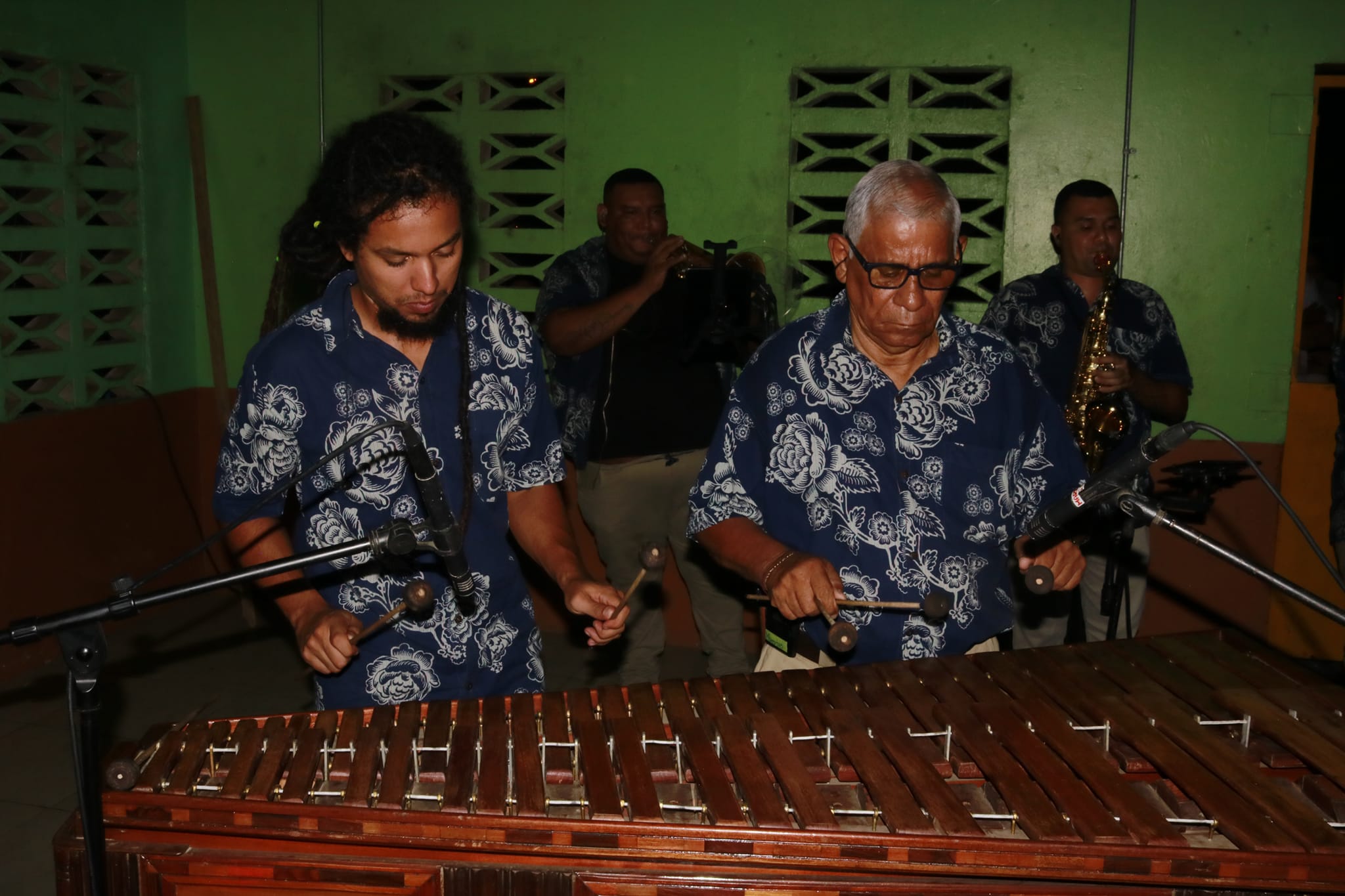
Javier Matarrita (left) during a presentation by Los Golobios Marimba Orchestra.Photo: Yendry Ordóñez Brenes
Matarrita was born in Cañas, but he went to live in Río Naranjo at the age of nine. He said that it was in this place where music captivated him.
“At that time, the canteen was about 50 meters from the house, so it’s the typical town where there isn’t a soul in the street on Sunday and there isn’t a single sound. And, well, the only thing that broke that silence was the marimba from the canteen,” he recalled.
As time passed, he became more and more interested in the marimba, and in that same canteen near his house, he began to master the instrument.
When I was quite involved, musicians from the same canteen took me from place to place. I was learning there until later I studied to be a music teacher and, well, now I combined the teachings from the university with what I had learned,” he commented.
With this musical addition to their repertoire, they already had the eight songs they were going to include on their first album. The official release took place on January 19, 2023.
To Herra, it’s a way of keeping “real jewels.” “[It’s] our music that was about to stay in the memory of the marimba players of yesteryear and be taken with them to the graves,” he thinks. “Now the music is going to stay just a click away in the search engine.”
Keeping the Musical Legacy Alive
The Ministry of Culture’s sociocultural manager in Guanacaste, Nayubel Montero, thinks the music that the ensemble recovers has to do with popular music and traditions that often aren’t documented and are lost over the years.
“The work that these new musicians from Alma Llanera do is very important, because they keep the memory alive,” said Montero.
They do it so that, at the same time, that music is part of everyday life, both for the musicians themselves and for the people who listen to it,” she added.
According to Montero, people who are interested in preserving the musical heritage of their canton, but who don’t know how to start, should start by being curious.
“There must be a genuine interest in knowing what this music has to do with me, with my identity and with my daily life. What relationship does this music have with what I currently live? That’s how the musical legacy is kept alive,” concluded Montero.
Listen to the full album on Spotify or SoundCloud.


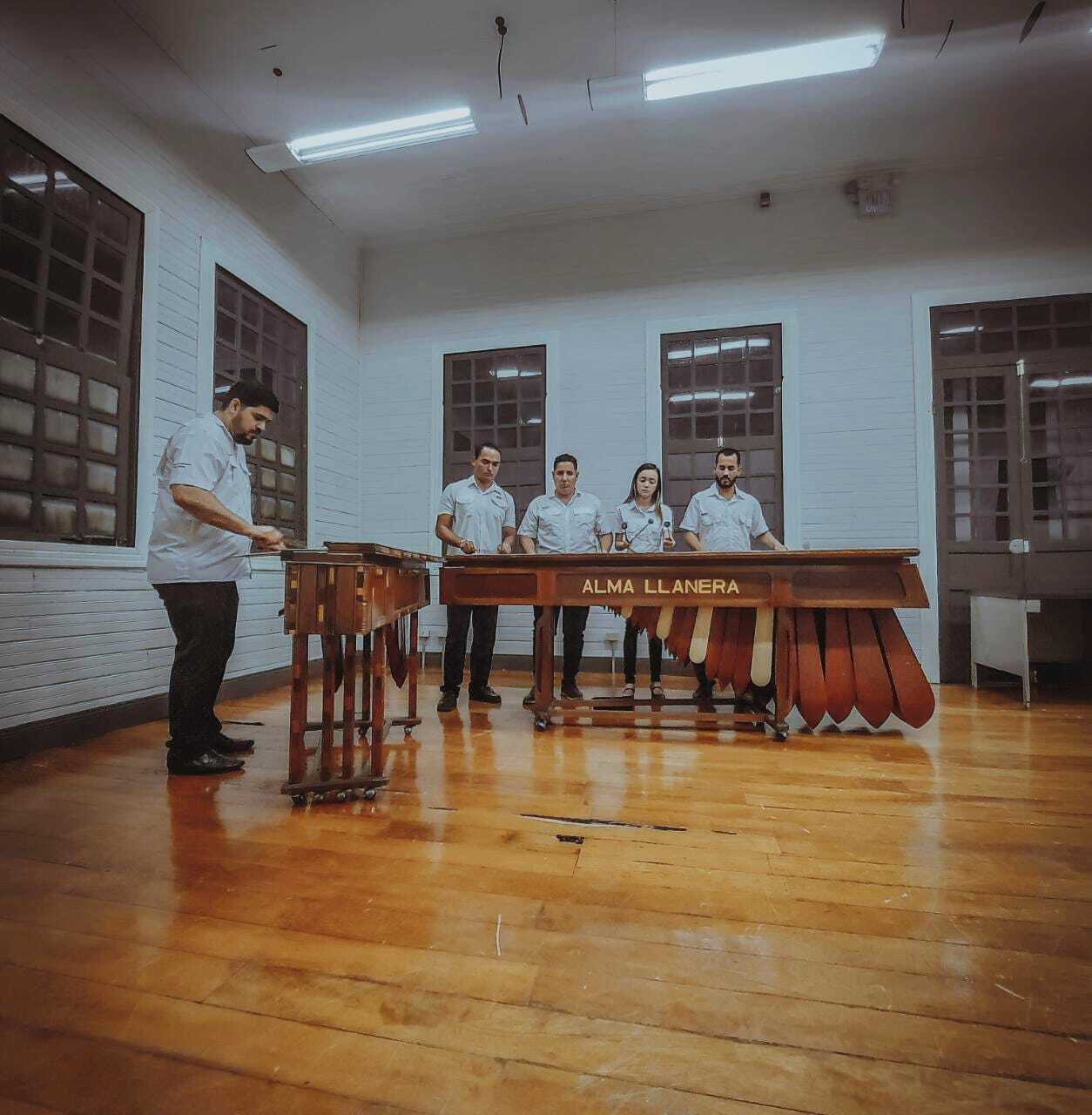
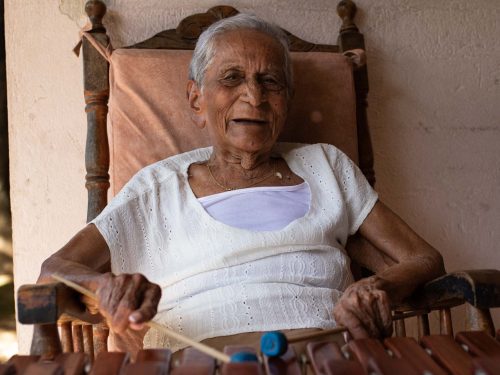
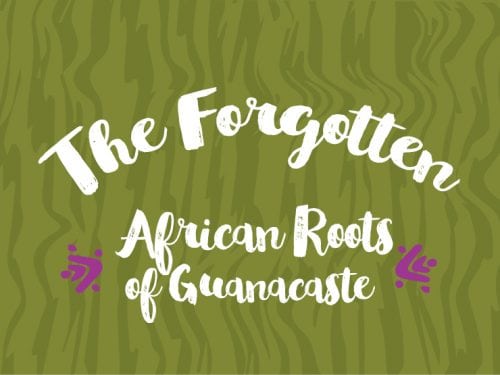
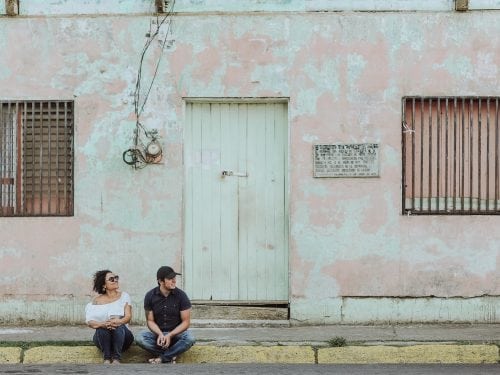

Comments